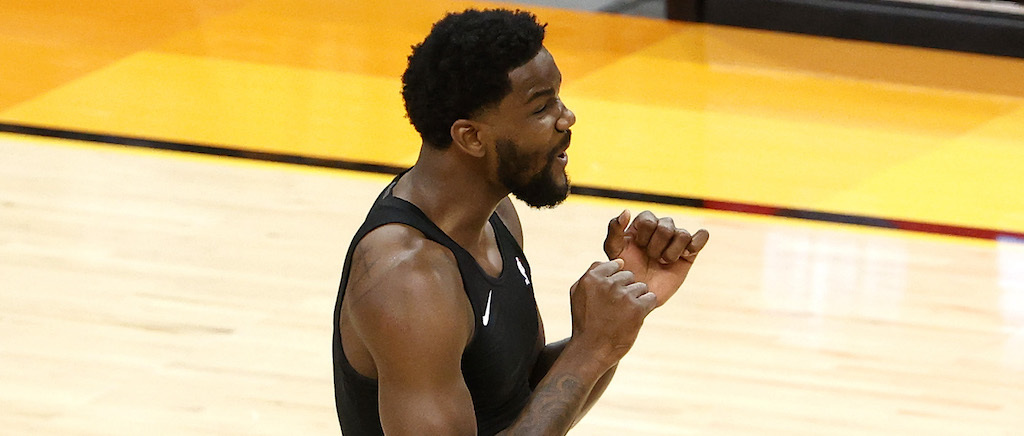
The Phoenix Suns and their former No. 1 overall pick have reportedly come to an impasse regarding a potential contract extension. According to Adrian Wojnarowski of ESPN, talks on a contract extension for standout center Deandre Ayton have “stalled,” as the team is hesitant to offer him a maximum rookie extension and Ayton would like to get the kind of deal that has been given out to a number of other members of his draft class.
Ayton, who played a major role in the Suns’ run to the NBA Finals last season, could potentially become a restricted free agent next summer should the two sides not come to terms on an extension in less than two weeks.
Ayton, 23, is eligible for a five-year, $172.5 million extension, with escalators that could reach $207 million — a deal that many executives league-wide expected would be complete in short order this offseason. But now, with a looming Oct. 18 deadline for rookie extensions, sources said the talks between the Suns and Ayton’s representatives are slowed by ownership’s current assertion that Ayton doesn’t deserve to be included in that group of players — and a belief by the 7-footer that his performance, potential and the marketplace dictate that he does.
So far, four players from the 2018 draft — Luka Doncic, Trae Young, Shai Gilgeous-Alexander, and Michael Porter Jr. — have put pen to paper on max extensions. Ayton, of course, was drafted before all of those players, and has become one of the more promising two-way big men in the league. He averaged 14.4 points and 10.5 rebounds in 30.7 minutes per game for the Suns last year, and seemed to take his game to another level in the postseason, serving as a reliable outlet for Chris Paul and a menace on the defensive end of the floor.

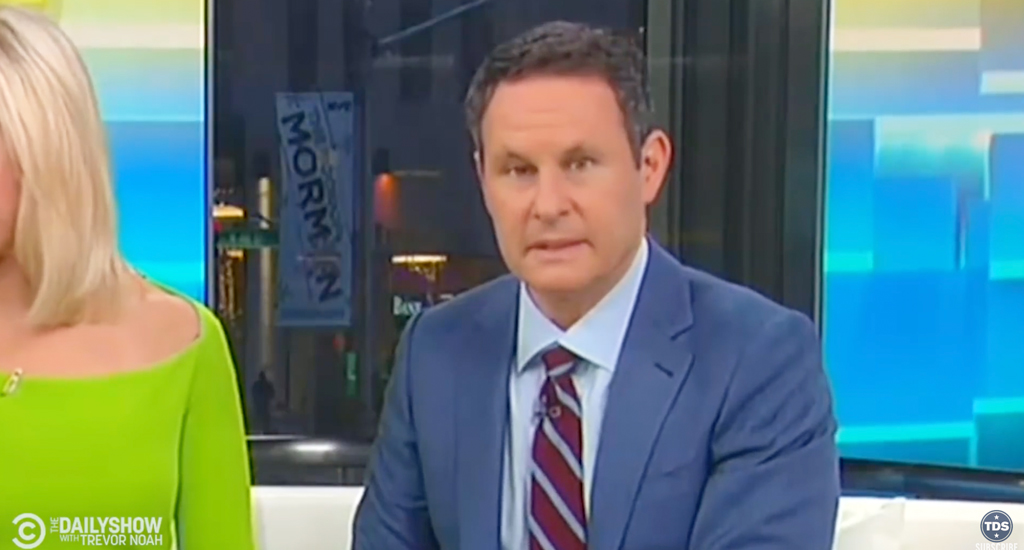
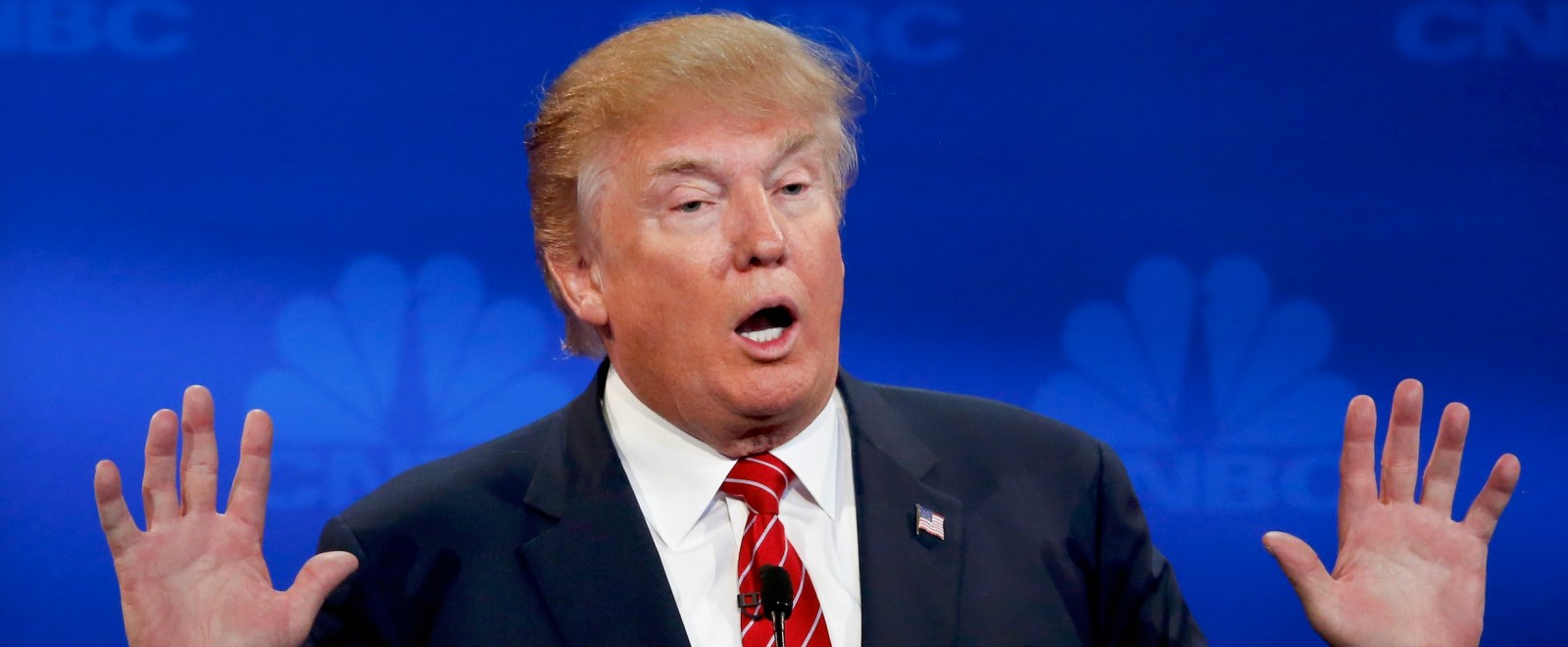
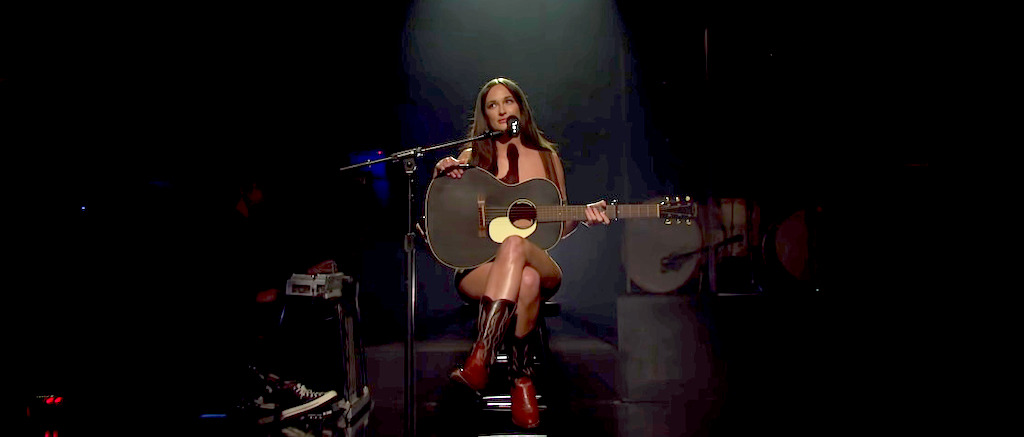
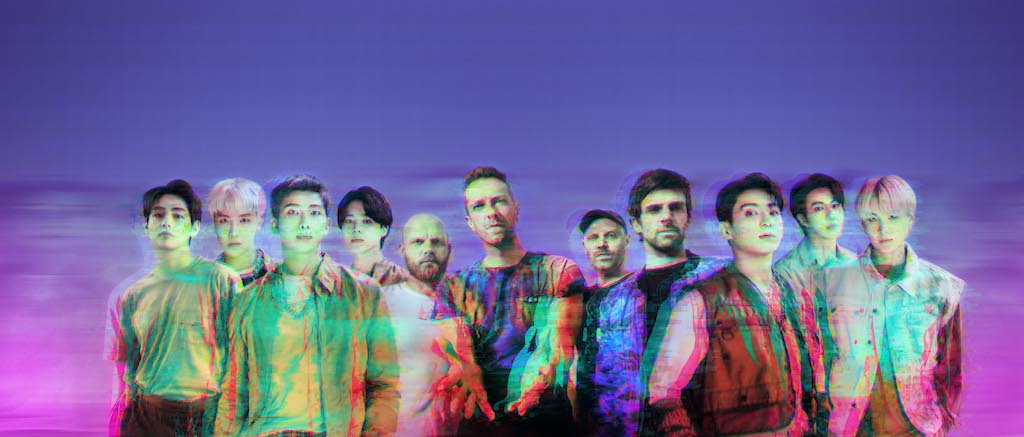



 Donald Clarke
Donald Clarke (@DonaldClarke63)
(@DonaldClarke63)  John Boo-dine
John Boo-dine